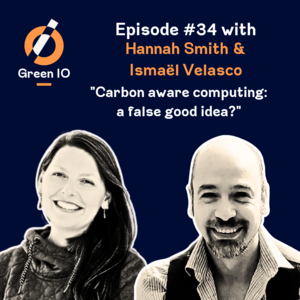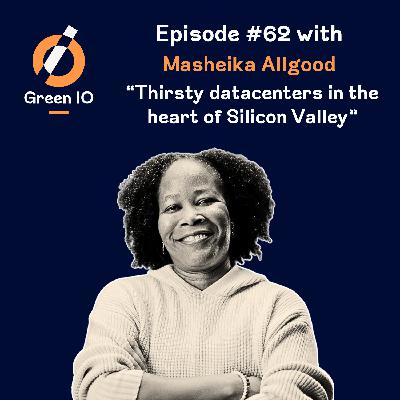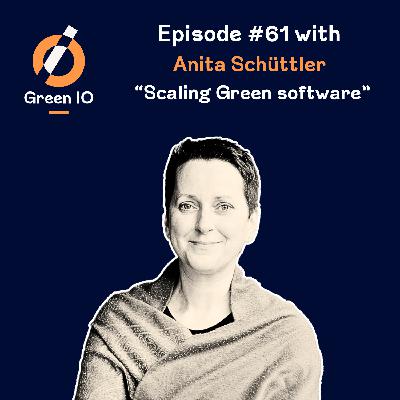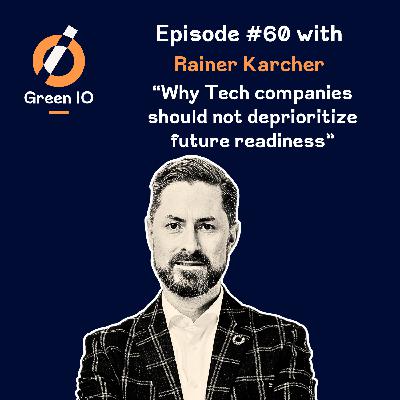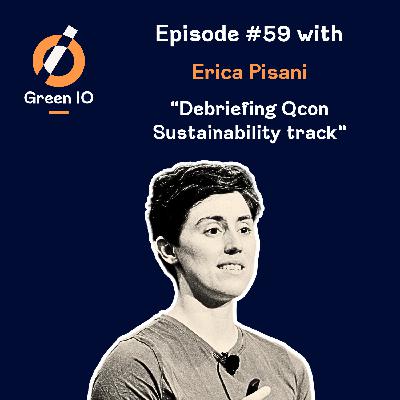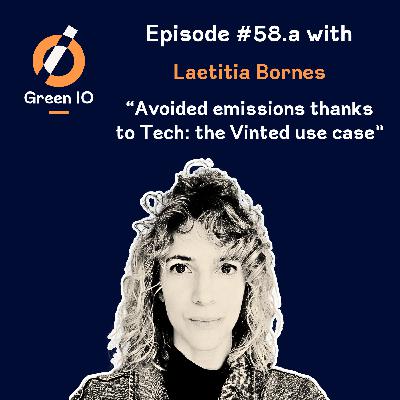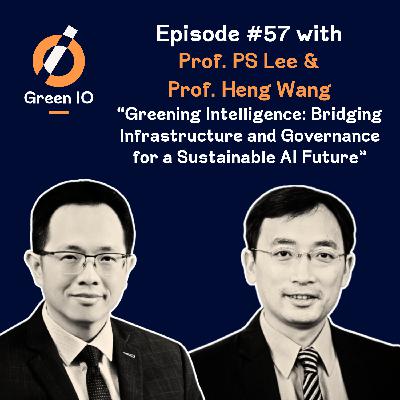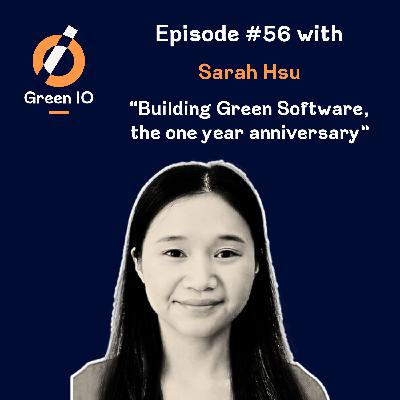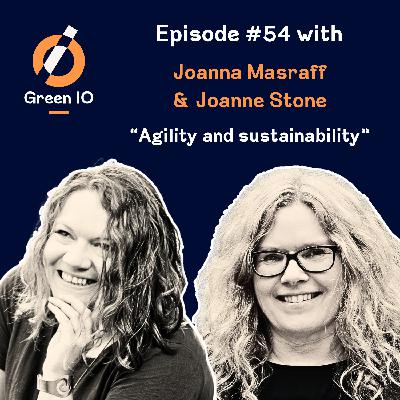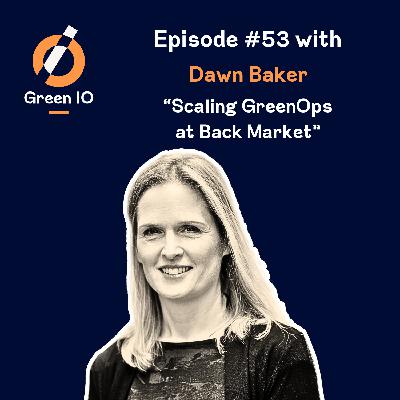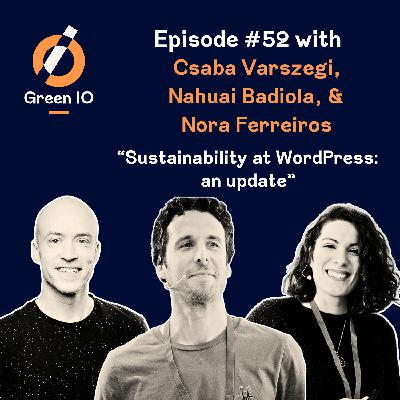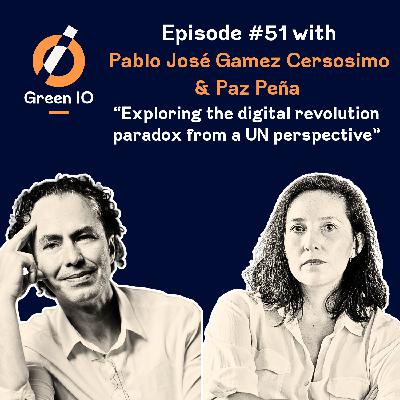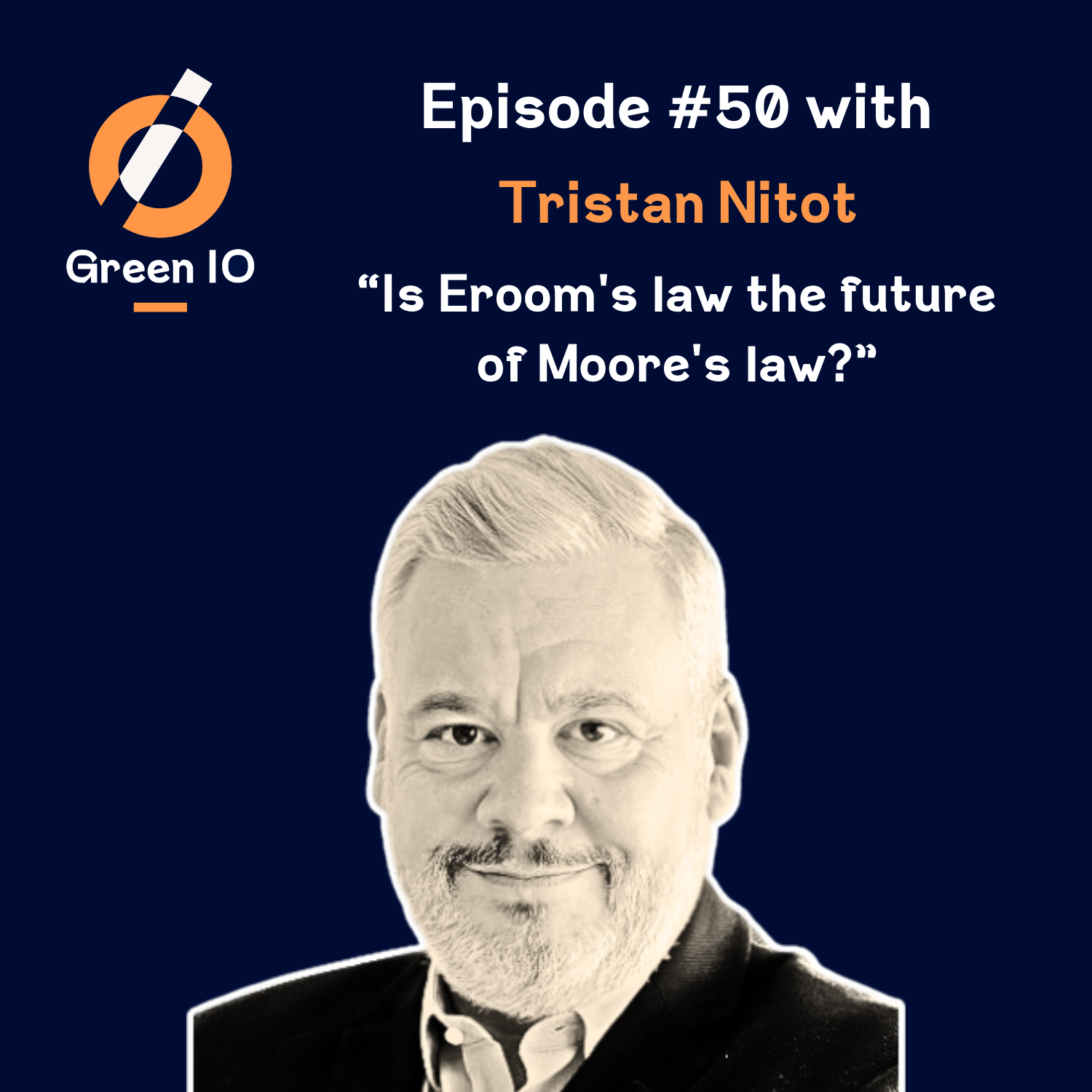#34 - Carbon aware computing: a false good idea? with Hannah Smith and Ismaël Velasco
Update: 2024-03-12
Description
🎙️In our latest episode, Hannah Smith, the COO of the Green Web Foundation, and Ismael Velasco, the founder of the Adora Foundation, highlight the potential pitfalls of Carbon Aware Computing a strategy that aims to reduce carbon emissions by aligning software operations with the carbon intensity of the energy grid. While this approach has gained traction among the IT industry, including giants such as Apple, Microsoft, and Google, Hannah and Ismael discuss with our host Gaël Duez its complexities and limitations.
💻As they explored the nuances of Carbon Aware Computing, it gave us insights that while it holds promise as a tool for reducing emissions, it also poses challenges that must be carefully considered. The oversimplification of energy grid dynamics and the myriad factors that influence carbon intensity underscore the need for a more comprehensive understanding of sustainable computing practices.
💻As they explored the nuances of Carbon Aware Computing, it gave us insights that while it holds promise as a tool for reducing emissions, it also poses challenges that must be carefully considered. The oversimplification of energy grid dynamics and the myriad factors that influence carbon intensity underscore the need for a more comprehensive understanding of sustainable computing practices.
❤️ Subscribe, follow, like, ... stay connected the way you want to never miss our episode, twice a month, on Tuesday!
📧 Once a month, you get carefully curated news on digital sustainability packed with exclusive Green IO contents, subscribe to the Green IO newsletter here.
📣 Green IO next Conference is in Singapore on April 18th (use the voucher GREENIOVIP to get a free ticket)
📣 Green IO next Conference is in Singapore on April 18th (use the voucher GREENIOVIP to get a free ticket)
Learn more about our guest and connect:
📧 You can also send us an email at greenio@duez.com to share your feedback and suggest future guests or topics.
Hannah and Ismaël's sources and other references mentioned in this episode:
- Adora Foundation
- CAT (Climate Action Tech)
- GSF (Green Software Foundation)
- Green Tech South West
- Apple device
- Google Cloud Platform
- MS surface
- Don’t follow the sun: Scheduling compute workloads to chase green energy can be counter-productive
- Bitcoin’s Impacts on Climate and the Environment
- Bitcoin Uses More Electricity Than Many Countries. How Is That Possible?
- How Much Energy Does Bitcoin Actually Consume?
- Carbon Aware Computing: Next Green Breakthrough or New Greenwashing?
- The problems with carbon-aware software that everyone’s ignoring
- How Texas’ power grid failed in 2021
- EU countries already hitting some of their sustainable energy targets for 2030
- What Role Will Soluna Play in the Future of Computing? A Recap of the Water Tower Research Fireside Chat Series
Transcript
[00:00:00 ] Gaël Duez: Hello, everyone. Welcome to Green IO with Gaël Duez. That's me. Green IO is the podcast for responsible technologists building a greener digital world, one byte at a time. Twice a month, on a Tuesday, our guests from across the globe share insights, tools and alternative approaches enabling people within the tech sector and beyond to boost digital sustainability. And because accessible and transparent information is in the DNA of Green IO, all the references mentioned in this episode, as well as the transcript, will be in the show notes, both on your podcast platform and on our website, greenio.tech. Let me share with you a personal story. Last July, I was on a rooftop in Paris, sharing a drink with a friend who happens to be a former colleague of mine.
One of the most talented CTO I had the chance to work with. Loïc was asking about what I was doing in the green IT field and the quick wins I was advising to CTO willing to ramp up sustainability. I mentioned carbon computing as a no brainer and I was ready to move forward when he posed me and asked me what I was referring to, POP, do you hear that sound? Yes, another information bubble just exploded. I was so sure that almost every CTO knew the concept, I explained it, he was enthusiastic about it, and since then, it has been my magical key to onboard CTO and Cloud Ops, folks. It's easy to grab, pragmatic, and actionable. They love it. And they're not the only ones.
Almost all cloud providers launch some kind of carbon-aware program. And it's a pillar in the Green Software Foundation course, for instance, to get the Green Software for Practitioners certificate. But a few weeks ago, I stumbled upon a remarkable series of articles written by Hannah Smith, based on initial research and insights by Ismael Velasco, about some serious pitfalls with Carbon Aware Computing. It might be another case of micro-optimizations not aligning with macro optimizations, like when someone thinks that it's a great idea to film a live show with a smartphone to get souvenirs, but actually, everyone does it and no one can see the stage anymore. I have been lucky to have already had both Ismael and Hannah on the show, so it was super easy to have them back for an in-depth discussion about Carbon Aware Computing.
[00:02:28 ] Gaël Duez: A quick reminder for the people who didn't have the chance to listen to Green IO episode 26 or episode 5 about Hannah and Ismael. Hannah Smith, based in the UK, is currently the Chief Operating Officer of the Green Web Foundation. She's also a pillar in the web WordPress sustainability community as well as a long-time volunteer for the climateaction.tech community and overall an amazing community builder. Hello Green Tech South West as well as a season green software practitioner. Ismael Velasco is also a member of the amazing community. He's based in Mexico and he's a true veteran in the software industry at large and green software in particular. You should check his API grateful degradation concept. His knowledge and commitment go far beyond Green IT with his involvement in the Adora Foundation, which fosters social innovation across the globe, and recently decided to focus more on the sustainability side of technology. So, welcome Hannah, and welcome Ismael, I'm so glad to have you back on the show.
[00:03:35 ] Hannah Smith: Thanks, Gaël. I knew it was a while ago that we recorded our episode. I didn't realize it was episode five.
[00:03:44 ] Gaël Duez: Wow. Yeah, that was a while ago. I don't know why I've waited so long to bring some of my former guests back to the show, but I think I will do it more and more again. The pleasure of having you both here is great. So thanks a lot. And before we deep dive into both your approaches, maybe it's time to set the stage, I would say. And I would, I'd love to ask you, Hannah, the first question, which is not that easy maybe, what is Carbon Aware Computing?
[00:04:12 ] Hannah Smith: Well, oh, I don't know. I think we can make it easy for people to understand. At its basic level, there are two ways that you can approach Carbon Aware Computing. We do talk about it in the article that we wrote together. There is the idea of time-shifting software, and there's the idea of location-shifting software. And you do both of those things based on the carbon intensity of the grid at any particular time. So what that implies is that maybe you've got an API that you can access that gives you data about what the carbon intensity of a grid is at any given time.
For carbon intensity, if anyone's not sure what that means, that simply means how clean or dirty energy is. So you have a high carbon intensity if energy is dirty, e.g. is being produced a lot with fossil fue
Comments
In Channel

